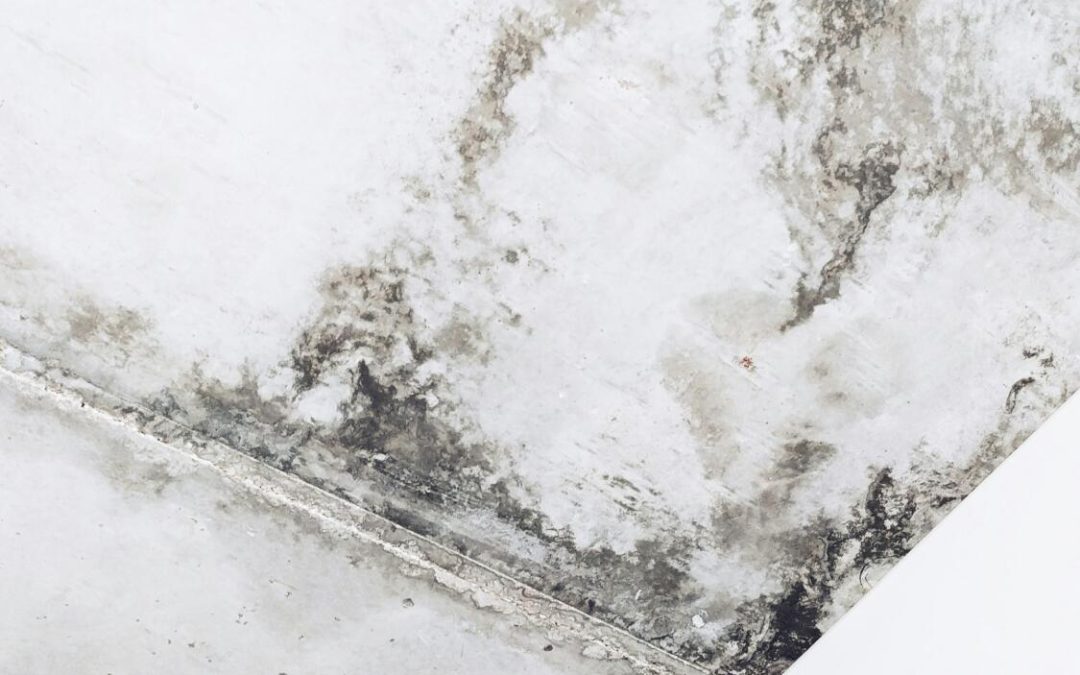A report from the National Institute for Occupational Safety and Health Centers for Disease Control and Prevention says that 47% of homes have some form of mold, often hidden behind walls or under flooring. Mold can impact air quality, damage structural materials, and pose health risks. But it’s not always visible to the naked eye.
That’s where mold detection with thermal imaging comes in. Today we’re taking a closer look into how thermal imaging works, why it matters for home safety, and what makes it a powerful tool for modern mold detection.
Why Mold Is a Hidden Danger
Mold often grows where it can’t be seen right away, making it a serious threat in many homes. It can thrive behind walls, under floors, or inside ceilings. Hidden growth can lead to health issues and damage to your property.
There are three main reasons why mold is such a concern:
- It can trigger serious health symptoms
- It weakens the structure of your home
- It often spreads before you realize it’s there
It Can Trigger Serious Health Symptoms
Mold releases tiny spores into the air. When people breathe in those spores, they may develop symptoms like coughing, sneezing, skin irritation, or headaches.
Those with allergies or asthma may feel even worse. Some molds also produce toxins that can cause stronger reactions in certain people.
It Weakens the Structure of Your Home
Mold grows in damp areas, often feeding on wood, drywall, or insulation. Over time, it can weaken these materials.
If left unchecked, this can lead to warping, crumbling, or rotting. That damage often requires expensive repairs.
It Often Spreads Before You Realize It’s There
Because mold tends to grow in dark and humid spots, it can spread for weeks or months before being noticed. By the time signs show up, such as a musty odor or discolored patches, the damage is already done. This makes early detection through a home mold inspection very important.
How Thermal Imaging Works
Thermal imaging helps detect mold risk by spotting changes in temperature across different surfaces in a home. There are three core ideas that explain how thermal imaging works for this purpose:
- It reads surface temperatures using infrared technology
- It reveals moisture patterns by identifying cold spots
- It helps guide further mold testing and repair
It Reads Surface Temperatures Using Infrared Technology
Thermal cameras work by picking up infrared energy from surfaces. Warmer areas show up in one color, while cooler areas appear in another.
It creates a visual map of heat differences, which can be viewed in real time. The person using the camera looks for these patterns to find where moisture might be hiding.
It Reveals Moisture Patterns by Identifying Cold Spots
Moisture usually causes certain surfaces to be cooler than the surrounding area. These cold spots show up clearly on the thermal image.
It lets a technician focus on areas that may not seem suspicious from the outside. Without removing walls or flooring, they can still get useful information.
It Helps Guide Further Mold Testing and Repair
Once a potential moisture problem is found, it can be checked more closely. The inspector might use a moisture meter or take a sample to confirm mold is present.
This step makes sure the issue is not just a guess based on surface temperature. The results can help homeowners make smart choices about repairs or cleanup.
Thermal Imaging Benefits
Thermal imaging is one of the fastest ways to find signs of hidden mold. It helps home inspectors focus on moisture issues without tearing open walls or floors. This makes the process easier, safer, and much more efficient.
There are three main benefits of using this method for mold detection:
- It avoids damage to walls and surfaces
- It saves time by narrowing the search
- It helps uncover hidden problems early
It Avoids Damage to Walls and Surfaces
Traditional mold checks often involve cutting into drywall or lifting flooring to find the source of a problem. That can cause extra damage, and sometimes it’s done without finding anything useful.
Thermal imaging allows inspectors to look through surfaces without taking anything apart. This helps protect the home during the inspection.
It Saves Time by Narrowing the Search
Thermal imaging gives fast results. Inspectors can scan a room in minutes and spot temperature changes that point to possible moisture.
It helps them target smaller areas for follow-up tests instead of checking the entire home by hand. That makes the whole process faster for everyone involved.
It Helps Uncover Hidden Problems Early
Some of the worst mold problems are the ones you can’t see. By picking up temperature changes linked to moisture, thermal imaging gives homeowners a chance to take action before the damage spreads. Early detection can save money on repairs and reduce health risks.
Detecting Mold Issues: Limitations and Misconceptions
Thermal cameras show surface temperatures. They help find spots that may be cooler because of trapped moisture.
While those areas might support mold growth, the camera doesn’t show mold. It just tells the inspector where to look closer.
A thermal image only works well when someone knows what to look for. Patterns of heat and cool areas can be caused by many things.
Someone without proper training might read the image wrong. That could lead to guessing or even missing a real issue.
If the camera shows a cold area, the inspector may use a moisture meter or take samples to see if mold is present. It helps confirm what’s really going on. Relying on the image alone isn’t always enough.
Mold Detection with Thermal Imaging
Mold detection with thermal imaging offers a fast, noninvasive way to find hidden moisture that can lead to mold growth. It helps homeowners take early action before damage spreads. While it works best with other testing methods, it’s a smart first step in protecting both health and property.
At Elite Mold Services, we make mold issues less stressful with clear information, honest advice, and reliable results. Since 2006, we’ve served Orlando and surrounding areas with licensed inspectors and calm, professional support. If you have another quote, we’re happy to compare it with our straightforward, no-pressure service. Mold made simple.
Get in touch today to find out how we can help with your mold issues!

